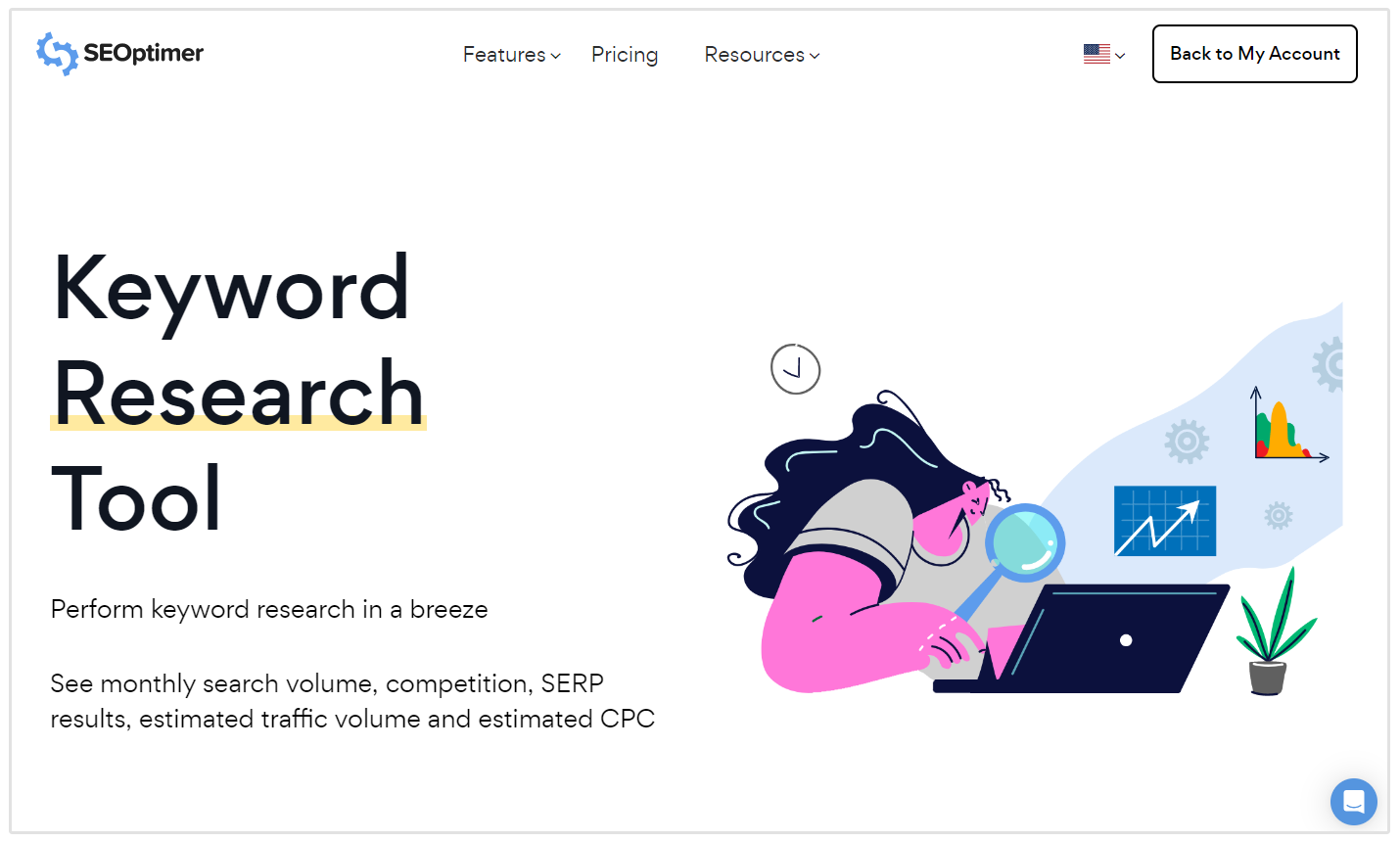Understanding Secondary Dimensions in Google Analytics: What is a Secondary Dimension and How It Enhances Data Evaluation
Understanding Secondary Dimensions in Google Analytics: What is a Secondary Dimension and How It Enhances Data Evaluation
Blog Article
Introducing the Effect of Second Dimension in Google Analytics on Data Evaluation and Insights
In the world of information analytics, the utilization of second measurements within Google Analytics has actually emerged as a crucial device for extracting much deeper insights and unraveling complex patterns that may or else continue to be obscured. By peeling back the layers of main information collections, additional dimensions offer a nuanced point of view that enhances the understanding of individual habits, web site performance, and the efficiency of advertising strategies.
Exploring the Concept of Additional Measurements
Second measurements in Google Analytics offer added insights by permitting customers to evaluate main data in conjunction with a secondary characteristic. By including additional measurements, users can delve deeper into the information and reveal beneficial correlations that could or else go undetected - what is a secondary dimension in google analytics.
Understanding the principle of additional dimensions is vital for maximizing the potential of Google Analytics. It permits users to section information properly, recognize patterns, and make informed choices based upon a much more full photo of their analytics information. By checking out the numerous secondary measurements available in Google Analytics, customers can unlock new insights and maximize their electronic marketing initiatives. Fundamentally, second measurements act as a powerful tool for boosting information analysis and driving actionable results.
Enhancing Data Interpretation With Additional Measurements
Having actually developed the fundamental understanding of second dimensions in Google Analytics and their critical role in data analysis, the focus currently shifts in the direction of leveraging these second attributes to enhance the interpretation of analytics data (what is a secondary dimension in google analytics). By integrating secondary measurements right into information evaluation, experts can get deeper understandings right into customer habits, website performance, and marketing effectiveness

In addition, secondary measurements help in contextualizing key information metrics by offering additional layers of details. This contextualization help in recognizing the 'why' behind the information fads, helping experts make educated optimizations and decisions to enhance general performance. Ultimately, including additional measurements improves the data analysis procedure, leading to even more critical actions and purposeful insights.
Revealing Hidden Insights Via Second Dimensions
Exploring the depths of analytics information with secondary dimensions exposes important insights that would certainly otherwise remain obscured. By incorporating additional dimensions in here are the findings Google Analytics, companies can discover covert patterns, patterns, and correlations that provide a more comprehensive understanding of user actions and site performance. These extra layers of data allow experts to dig much deeper into the key dimensions, such as web traffic sources or touchdown pages, and acquire a much more nuanced viewpoint on how various variables connect with each other.
Through the usage of secondary measurements, analysts can segment and compare information throughout numerous measurements, enabling them to recognize certain elements that affect individual interaction, conversion rates, and total success metrics. For example, by combining the primary dimension of 'tool group' with the additional measurement of 'age team,' marketing professionals can identify which age demographics favor accessing the web site through smart phones versus desktop computers. This degree of granularity equips businesses to make data-driven decisions and enhance their approaches for better outcomes. Ultimately, discovering hidden understandings through additional dimensions enhances the deepness and accuracy of data analysis, leading to more informed decision-making and enhanced efficiency end results.
Leveraging Second Dimensions for Actionable Analytics
Structure upon the insights revealed with second measurements in Google Analytics, organizations can currently harness this enriched information landscape to drive actionable analytics and calculated decision-making. By leveraging secondary dimensions, companies can dive much deeper into their information to extract important patterns, trends, and correlations that might have formerly gone undetected. This deeper degree of evaluation makes it possible for companies to gain a much more detailed understanding of individual behavior, project efficiency, and general website effectiveness.
One key advantage of utilizing second measurements for workable analytics is the ability to segment information based on certain criteria. This segmentation permits businesses to tailor their campaigns and techniques to various target market teams, resulting in extra targeted and effective marketing efforts - what is a secondary dimension in google analytics. Furthermore, secondary dimensions supply an even more alternative sight of user interactions, enabling companies to optimize their internet site web content, style, and overall individual experience
Optimizing Decision-Making With Second Measurements
To enhance critical decision-making in analytics, leveraging additional company website measurements in Google Analytics can offer a much more nuanced viewpoint on customer habits and campaign efficiency. By including second dimensions into information evaluation, companies can delve deeper right into the specifics of their website site visitors' communications and interaction patterns. This added layer of info allows for a more thorough understanding of exactly how various variables, such as demographics, gadgets, or traffic resources, impact essential efficiency signs.

Final Thought
Finally, making use of secondary measurements in Google Analytics plays a vital function in enhancing information analysis and revealing covert insights. By discovering this principle, one can acquire a deeper understanding of user behavior and make informed decisions based upon workable analytics. Leveraging second dimensions permits an extra comprehensive analysis of information and takes full advantage of the performance of decision-making procedures.

Report this page